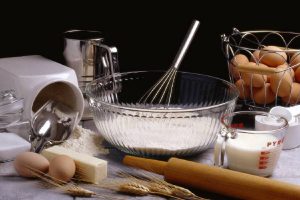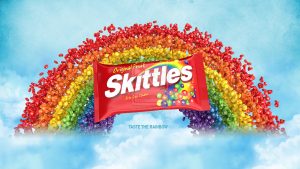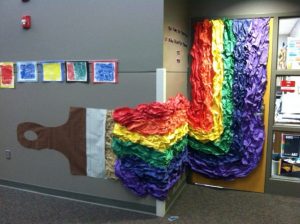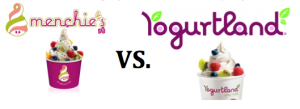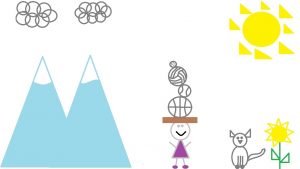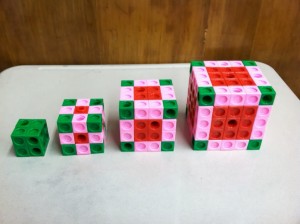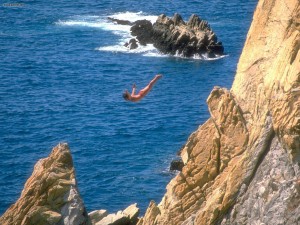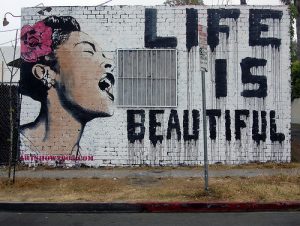
By Banksy, UK.
Street Art or Graffiti as we commonly know it has endured an evolving history, its origins linked to both urban gangs as well as to pure artistic expression. Originally used by gangs to mark their territory, it has have now become a rich medium for unrestricted expression of ideas and statements. From the Berlin Wall to the democracy wall in Beijing, people have used street art to demonstrate some of their most poignant frustrations, concerns, or expressions of beauty about the world. It is time to give students a look, into the empower political, artistic, and mathematics involved in changing our cityscapes. Through this lesson plan students have the opportunity to use math and art to connect with cultures around the world.
This lesson is suited for a 7th grade Math classroom and it gives us inclusive way to make mathematics more culturally accessible. Mathematics is often viewed as very Eurocentric. Students, regardless of background, often have an attitude of helplessness and powerlessness toward mathematics. This is done so by exposing them to ethno-mathematics. Ethno-mathematics is the study of the relationship between math and culture or the study of the mathematics practiced among cultural groups. The intent is to help students to realize the significance of math with their culture and other cultures. It reinforces the everyday value of math and the value in their ability to do mathematics. Explain to students that they will watch a video about an urban artist who uses ratios, scale, and proportion to plan and create his designs. Does anyone have any idea why? Have students plan out their designs on paper, they need to calculate the dimensions to figure out how to size the drawing properly on a large scale. Watch the video! And create.
Prior required knowledge: basic functions of math adding, subtraction, division, multiplication, basic reading, and writing. Vocabulary: ratio, scale, proportion, scaling, unit rate, factor, oppression, civil rights, gender, art, political science.
Materials: 1 drawing of their choice, centimeter ruler, 1/4″ grid paper, pencil per student. Colored pencils and large paper. Classroom internet access, viewing screen.
CCSS.MATH.CONTENT.7.RP.A.1 – Analyze proportional relationships and use them to solve real-world and mathematical problems. Compute unit rates associated with ratios of fractions, including ratios of lengths, areas and other quantities measured in like or different units.
CCSS.MATH.PRACTICE.MP4 – Model with mathematics.
